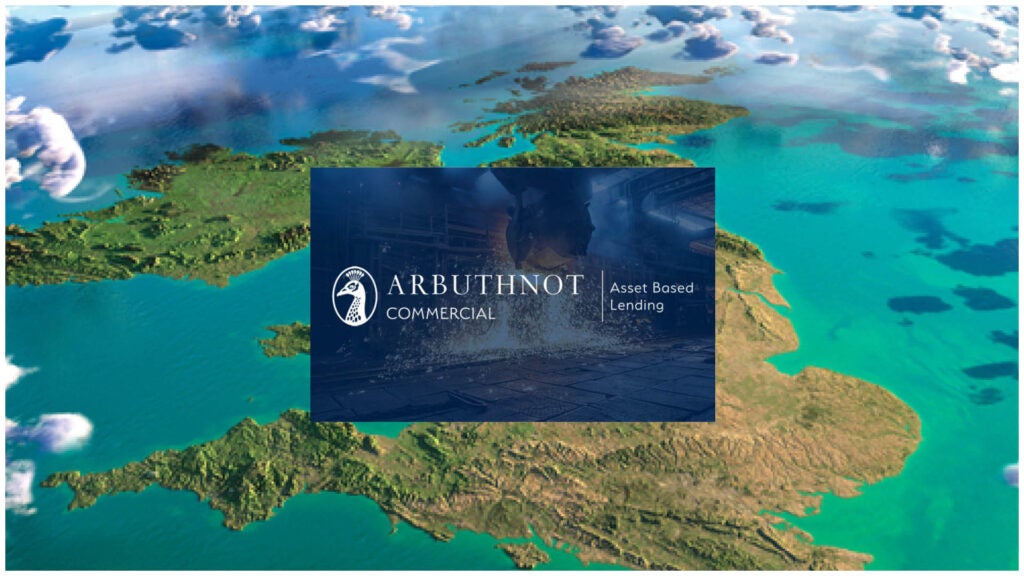Air travel chaos caused by
Icelandic volcano sees passengers increasingly turning to
rail.
A number of new high-speed rail
projects across Europe are heading towards completion, but not much
stock is to be financed through leasing.
Run by state operators, the new high-speed
networks on the continent are generally funded through bonds,
according to many sources.
Nevertheless, as high-speed rail grows in
popularity, so too does interest from financiers. Also, as
swingeing public spending cuts loom throughout Europe, operators
may have to look to alternative means of funding.
In March this year, for example, a conference
took place in Madrid to look at the future of high speed rail and
was attended by representatives of a number of transport operators,
including French national operator SNCF.
How well do you really know your competitors?
Access the most comprehensive Company Profiles on the market, powered by GlobalData. Save hours of research. Gain competitive edge.

Thank you!
Your download email will arrive shortly
Not ready to buy yet? Download a free sample
We are confident about the unique quality of our Company Profiles. However, we want you to make the most beneficial decision for your business, so we offer a free sample that you can download by submitting the below form
By GlobalDataAnd as recent travel chaos caused by the
volcanic eruption in Iceland helped boost the popularity of rail
journeys, with travellers looking to take the train instead of
risking a domestic flight, high-speed networks are becoming
increasingly attractive.
Rail travel is already reported to be
outperforming air travel on shorter trips in Spain, where the
high-speed Alta Velocidad Española is already running.
Italy’s NTV is also planning to open its
ultra-high speed network, dubbed “Italo”, within the first six
months of 2011, with trains capable of travelling at speeds of up
to 357 mph.
It will be one of the first such ventures to be
privately owned and operated there.
UK rosco Angel Trains is also currently said to
be building and putting on lease a further 106 Pendolino trains,
which have a maximum speed of 140 mph and are to be manufactured by
Alstom – the same company supplying trains to NTV – but much
depends upon the emergency Budget, which, at time of writing, had
not yet been released.
The trains, to be used on the West Coast Main
Line, will be delivered within approximately the next year, Angel
financial director George Lynn said.
The Lib-Con coalition undertook a pledge to
establish a high speed rail network as part of its programme to
fulfil “joint ambitions for creating a low carbon economy”, but
there has been a high level of scepticism over whether projects
such as the Intercity Express Programme will get off the
ground.







